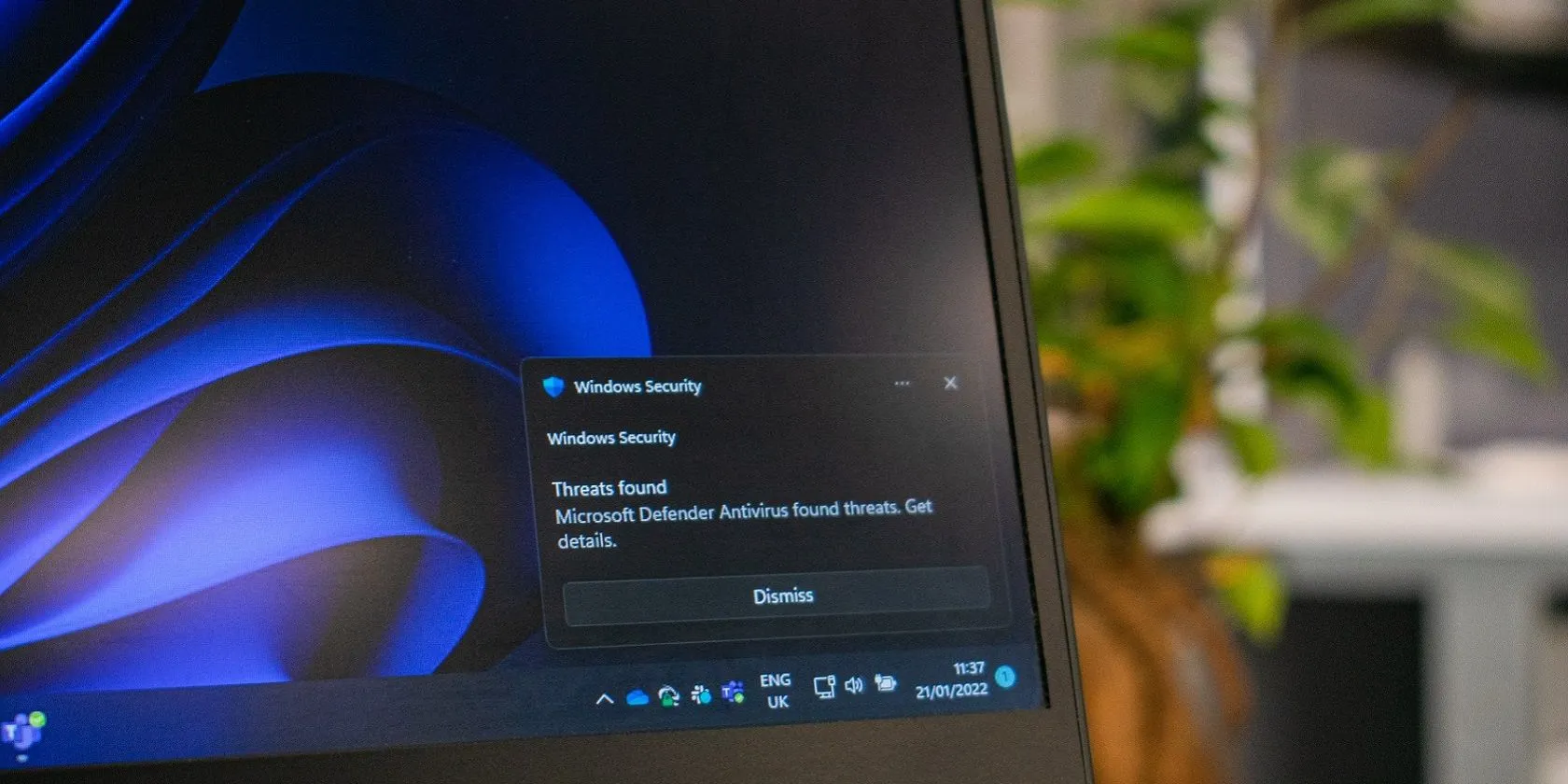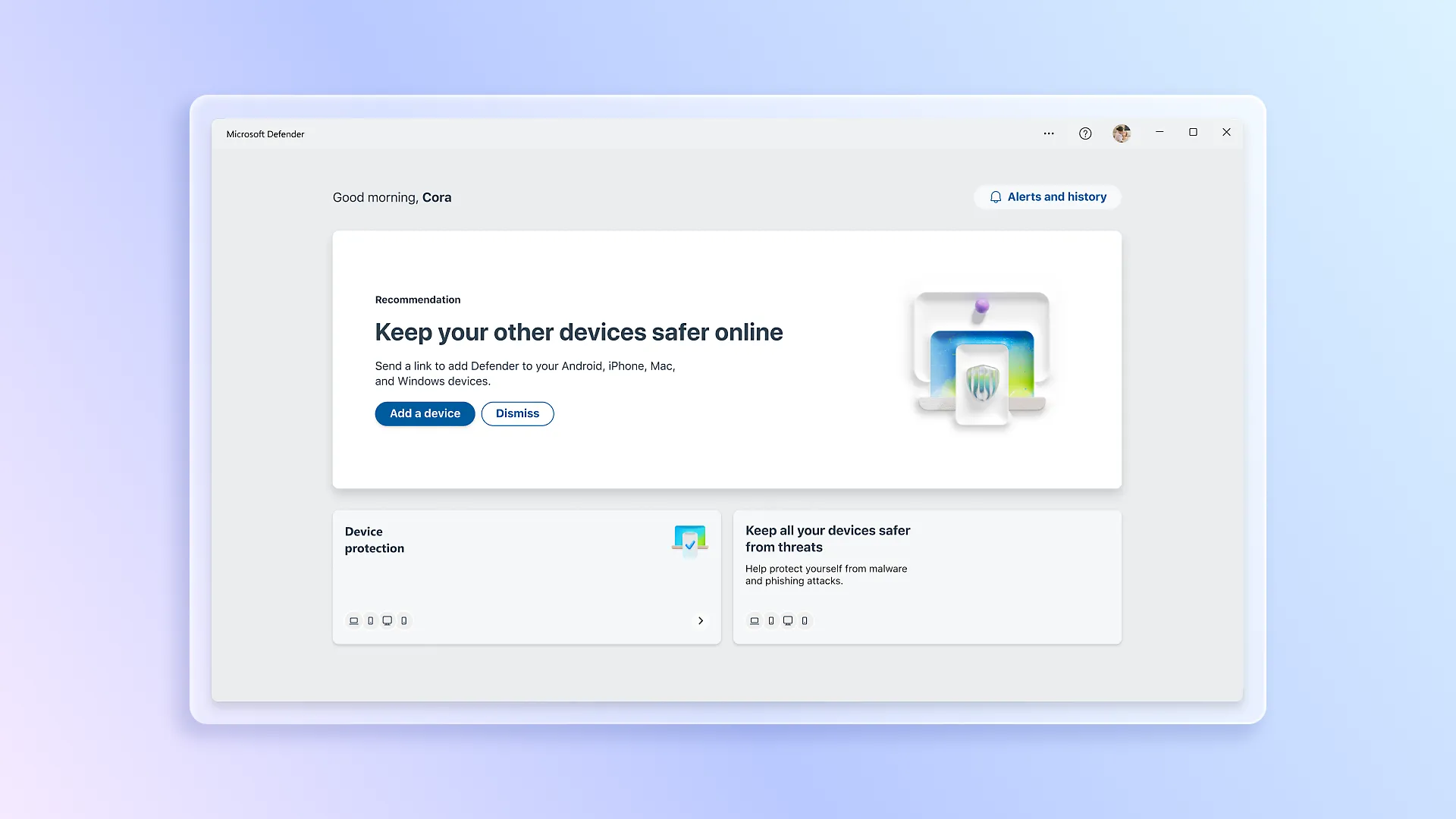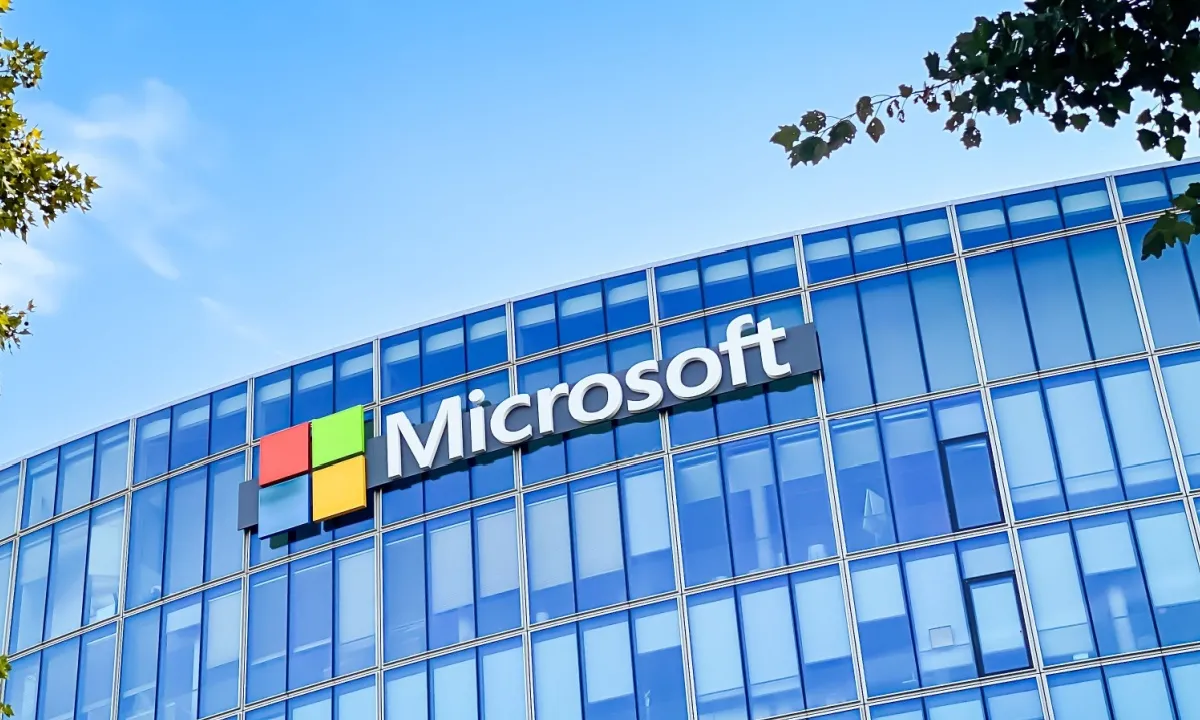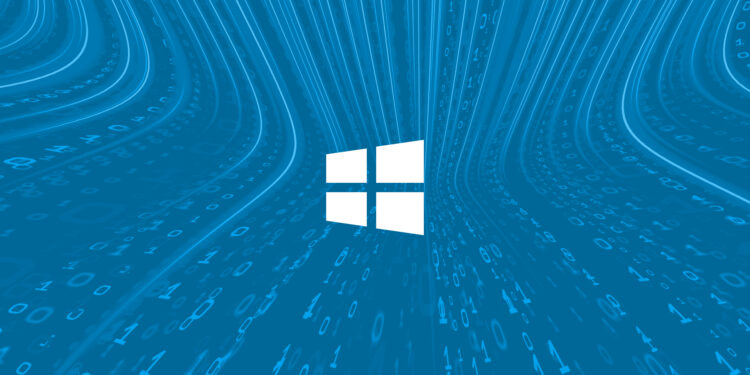In a recent flurry of tech developments, Microsoft has once again made headlines, this time with a dire warning for millions of its users. Amidst the buzz of the new 24H2 update and the re-release of Recall, a serious alarm has been sounded for those still operating on older versions of Windows. This warning marks a pivotal moment as Microsoft pushes its user base towards the more secure and robust Windows 11, urging those on outdated systems to understand the risks involved with remaining on unsupported software.

A Staggering Number at Risk
It’s no small number that’s at risk. Microsoft’s latest advisory highlights a staggering 50 million users across older versions such as Windows XP, Vista, Windows 7, and 8.1. Despite the collective advancements in technology and security, these tens of millions of PCs worldwide are approaching a critical juncture. As Microsoft has noted, while these systems will continue to function, they will no longer receive crucial updates. This includes technical support, software enhancements, and more importantly, security updates which are vital in protecting against malware, viruses, and other malicious threats.

Transition to Windows 11: A Necessary Move
With an eye towards security and performance, Microsoft has been vocal about the merits of Windows 11, which integrates advanced hardware and software solutions to offer a fortified user experience. This push towards upgrading is not just about keeping up with technological evolution—it’s about safeguarding users’ digital environments. “If you have an older PC, we recommend you move to Windows 11 by buying a new PC. Hardware and software have improved a lot, and today’s computers are faster, more powerful, and more secure,” Microsoft advises.

The Hardware Hurdle and Market Dynamics
One of the main barriers to this transition is the hardware requirement that comes with Windows 11. Many users find themselves in a bind, having to consider purchasing new hardware as their current systems do not support the latest OS. This requirement presents a significant challenge, especially with the absence of a vibrant secondary market for older PCs, which could have provided a buffer by allowing users to sell their outdated machines.
Implications for Windows 10 Users
While the focus might be on those running legacy systems, the 900 million users of Windows 10 are also in a precarious position. With another year left before support ceases, the future remains uncertain. The looming deadline of October 2025 serves as a stark reminder of what’s to come, potentially leaving hundreds of millions without support unless Microsoft revises its strategy concerning hardware prerequisites.

What Should Users Do?
For users on older versions, the immediate recommendation is to at least transition to Windows 10, if Windows 11 seems too far a stretch. This move could mitigate some risks in the short term. However, the comprehensive solution lies in embracing Windows 11, with its promise of enhanced speed, power, and security. As Microsoft continues to issue fixes and updates in response to emerging security threats, the importance of staying within the supported ecosystem cannot be overstated.

In conclusion, the path forward for Microsoft Windows users is laden with crucial decisions. With each update and security alert, it becomes increasingly vital to adopt the latest systems that offer robust protection and advanced capabilities. As we edge closer to the 2025 deadline, the message from Microsoft is clear: upgrade paths must be considered not just for enhanced features but for essential security and support.










